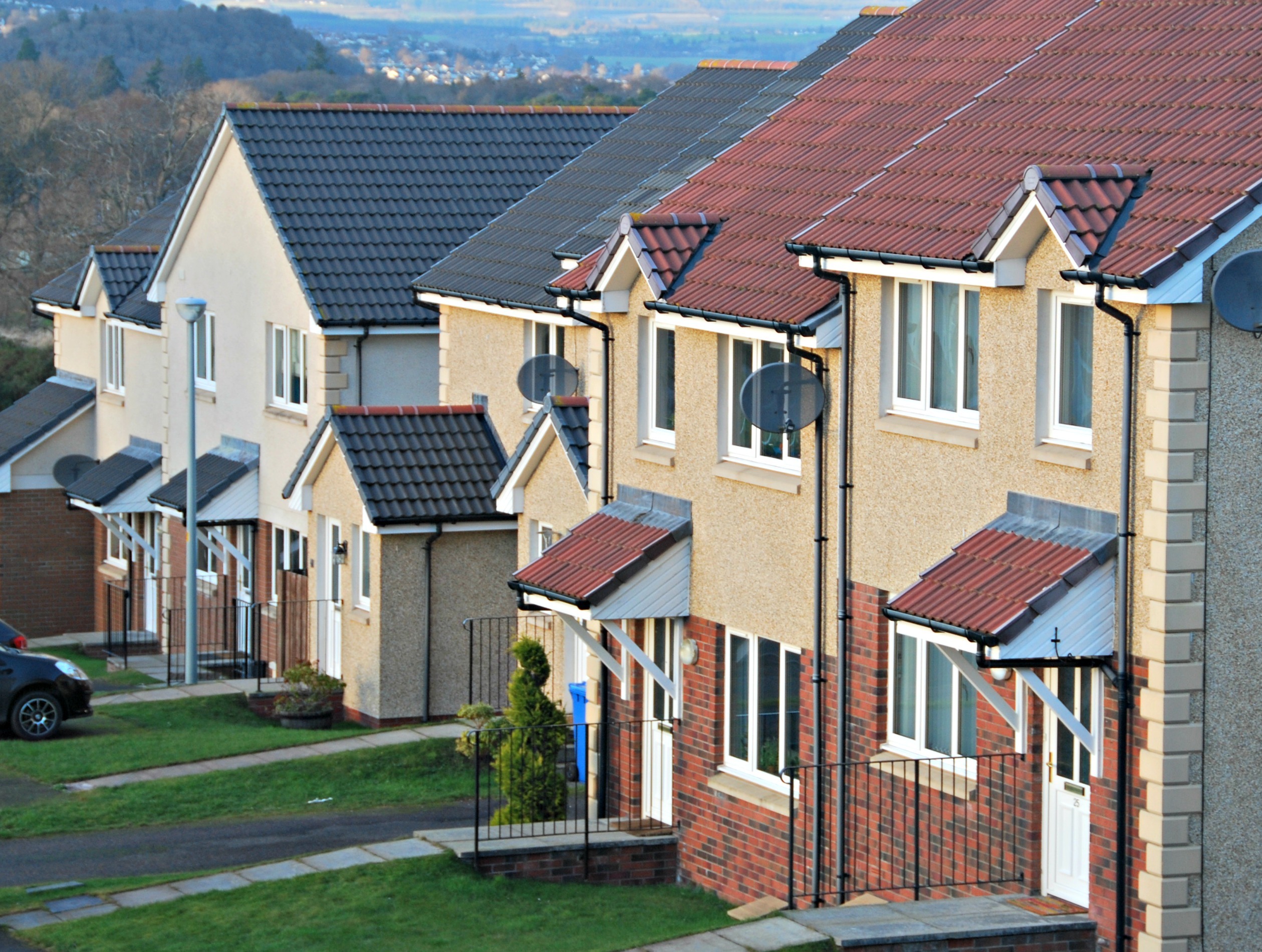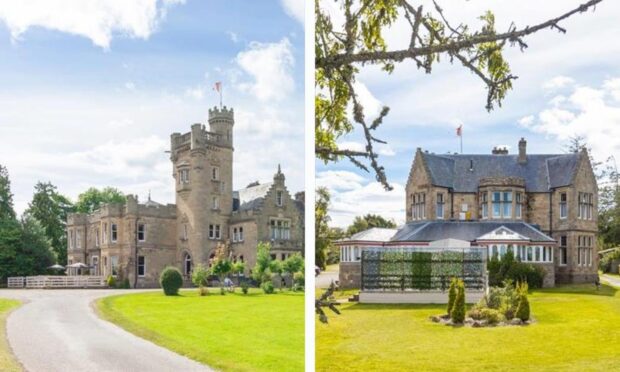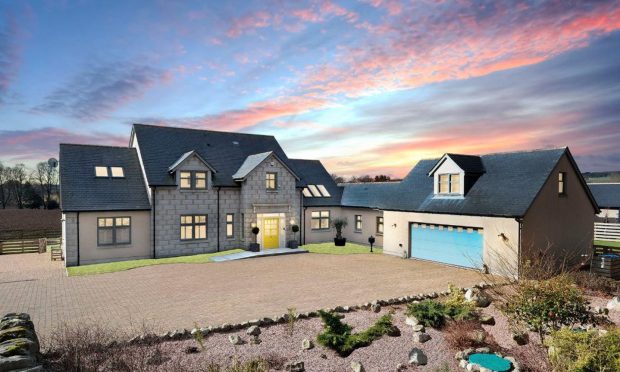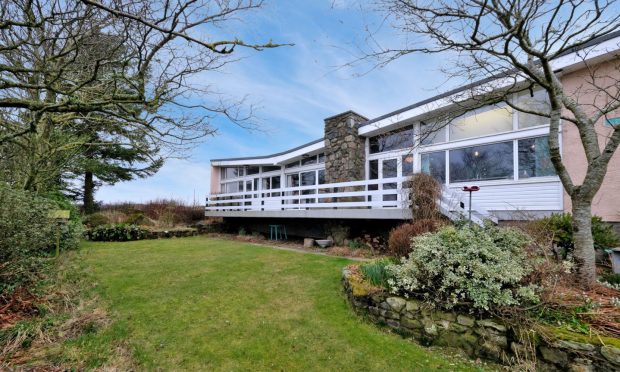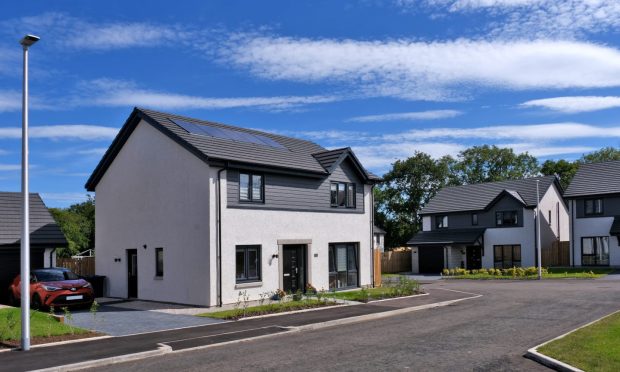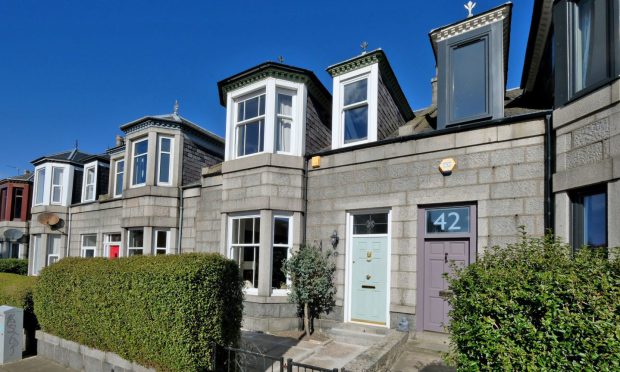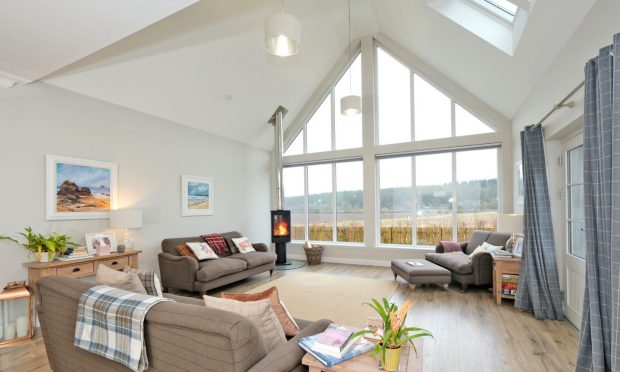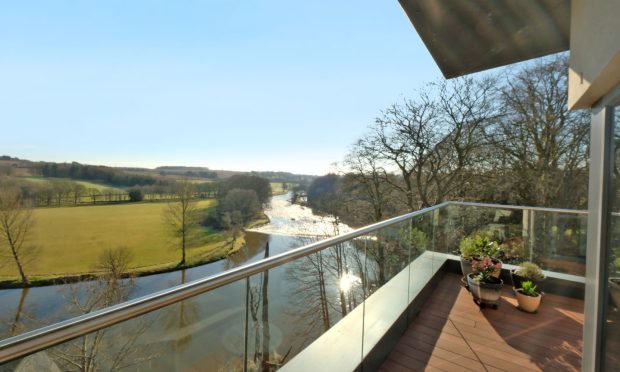John Gell, director of Simply Let, gives his views on the Inverness rental market
We’re often asked by would-be investors what sort of property they should buy and which areas of Inverness are best for attracting tenants.
One-bedroomed flats are usually snapped up quickly while two bedrooms, which suit couples starting a family or tenants hoping to have friends to stay occasionally, are also popular.
Yields are higher on smaller properties, so if finances will allow it’s better to invest in a couple of smaller units rather than a detached house.
For example, a one-bedroomed flat valued at £105k should rent at about £500 per month, whereas a four-bed house costing £300k is likely to achieve £1,000-£1,100 per month.
Currently, tenant demand is strong and future prospects for the Highland capital are looking good, with UHI established, a growing life sciences sector and the Inverness Campus development taking shape.
Our experience is that smaller properties on the periphery of the city in developments such as Culduthel Mains, Cradlehall and Inshes tend to find tenants quickly.
Equally, one and two bedroom properties within walking distance of the city centre are in demand.
That said, prudent investors should have an eye on the “what if” factor: How would the market be if there were a downturn?
The peripheral estates comprise a high proportion of rented properties and, if times were to change and a slump to occur, these would be competing with each other for tenants with an inevitable downward pressure on rents.
Older properties in areas with more mixed tenure, such as the Crown and the areas around Kenneth Street, will be more resilient to any downturn.
Would-be landlords need to balance those prospects with an assessment of likely repair and maintenance costs which will be higher on older properties.
It’s also worth considering the presence or otherwise of a garden.
On balance, these are problematic unless landlords are willing to engage a gardener, as tenants increasingly don’t have the time or even the inclination to get stuck in to grass cutting and weeding.
Current lifestyles seem to favour communal green space outside the front door that someone else looks after or, if there’s a private garden, one with a low maintenance requirement.
We’re also noticing an increasing wish for secure (preferably not communal) cycle storage.
All of the above assumes properties to be attractive, fitted out to modern standards, safe and fully fit for purpose.
Renters in Inverness are discerning, often professional and reasonably affluent, and want a place they feel happy to call home and take pride in inviting visitors.
Landlords who recognise that and act upon it will minimise void periods and find that their tenants stay longer.
The choice about what to buy and where comes down to a mixture of shrewd judgment and best guessing future trends, so this advice may help focus those thinking of purchasing a buy-to-let property.
